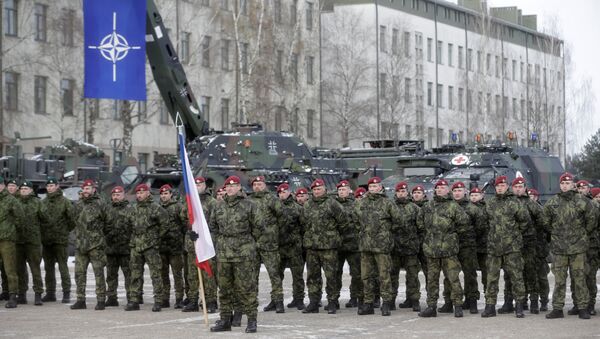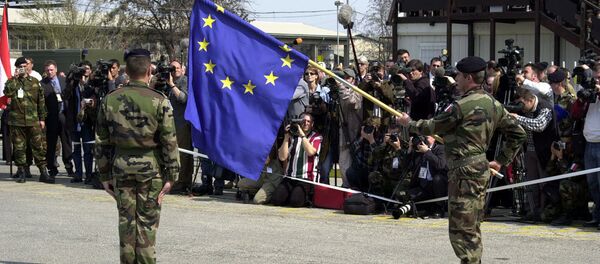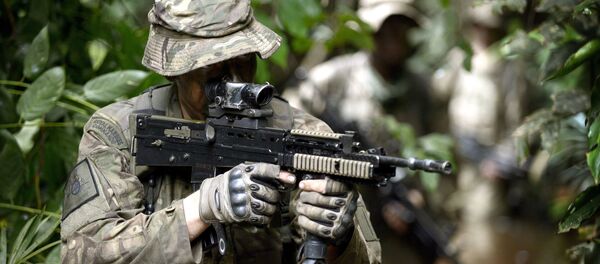During his election campaign, Trump cast doubt on the US readiness to come to the defense of NATO allies in the event of attack, citing the unwillingness of most members to meet the alliance's guidelines on defense expenditure, 2 percent of GDP.
"I'm a big fan of NATO, but they have to pay up," Trump said during a presidential debate in October.
Just five members of the alliance – Estonia, Greece, Poland, the UK and US – currently meet the stipulation, and on Monday Trump repeated his demand that all 28 members meet the target.
NATO members need to "pay their fair share," Trump said.
"They're very unfair to us. We strongly support NATO, we only ask that all NATO members make their full and proper financial contribution to the NATO alliance, which many of them have not been doing," Trump told military officials at MacDill Air Force Base in Florida.
Trump's exhortations appear to have had the desired effect in Lithuania, where defense minister Raimundas Karoblis recently announced that the country is making plans to spend more than the required 2 percent of GDP on defense.
This year, Lithuania is predicted to spend 1.8 percent of GDP on defense, or 723 million euros, and aims to reach two percent in 2018.
"The finance limit depends on the level of risk, but I think the next goal for us should be 2.2 percent or maybe 2.4 percent of GDP," Karoblis said, RIA Novosti reported.
"In Lithuania, they say that very soon Russian units are going to invade its territory and will capture everything and everyone in literally an hour. The political elite, not the people, are interested in Lithuania being in the alliance. Lithuania is going to increase its military spending at the same time as its debt is rising."
"Donald Trump is trying to engineer the military spending of all other NATO member countries the way he wants it. The next NATO summit in Brussels has been agreed for May, and this issue will come up again. I think that there, Mr. Trump is going to try and twist not just the arms but the legs of all the NATO member states which have not reached this 2 percent mark," Kozin said.
He warned that increasing NATO members' military expenditure is one part of the wider US strategy to extend its presence beyond its current borders. In its effort to expand into the Middle East, on January 24 NATO opened a new center in Kuwait.
"First, increase expenditure, then strengthen its naval presence and other assets not only in the Baltic Sea and the Black Sea, but also in the Persian Gulf, in Kuwait – NATO is opening its first center there. This is a first, we haven't seen anything like that before. That is, the plans which have been announced for (the territory around) NATO's borders – the entire Earth – haven't in fact changed."
"In the past, the borders (of NATO) were clear, they were the territories of those countries which were full NATO members. Now it isn't like that, the boundaries are expanding," Kozin said.
Never miss a story again — sign up to our Telegram channel and we'll keep you up to speed!




